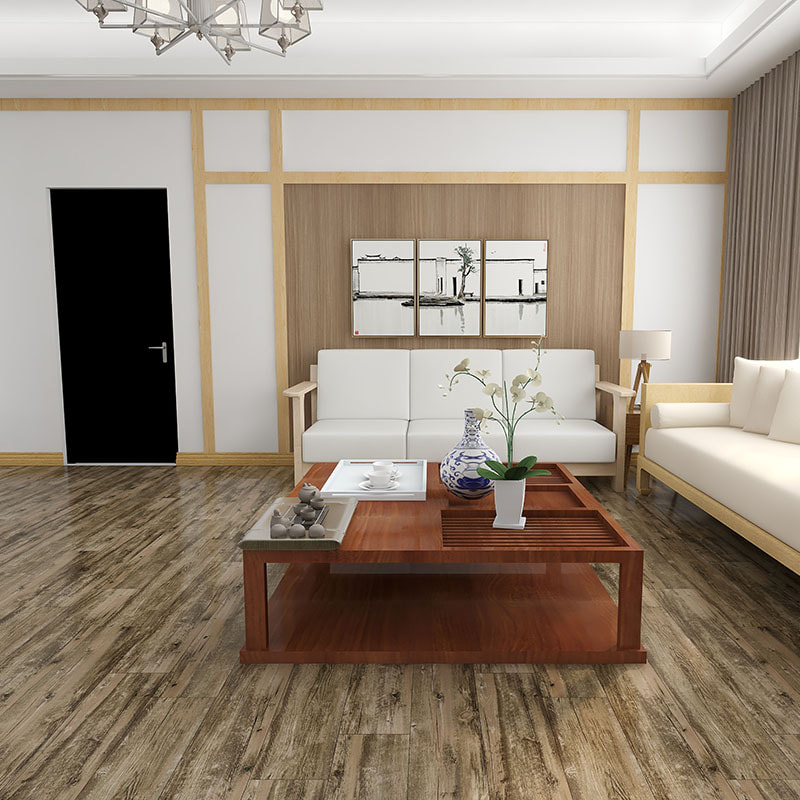In the dynamic world of furniture manufacturing, materials are constantly evolving to meet the demands of aesthetics, durability, and cost-effectiveness. Among the most revolutionary of these materials is PVC film, a versatile and high-performance synthetic polymer that has transformed the way we design and produce furniture. From minimalist Scandinavian designs to intricate classical styles, PVC film has become an indispensable component, offering a host of advantages that traditional materials simply cannot match. This article explores the key benefits of using PVC film for furniture, highlighting why it has become a staple in the industry and a favorite among designers and manufacturers alike.
One of the most significant advantages of using PVC film for furniture is its exceptional durability. Unlike natural wood veneers or painted surfaces, PVC film provides a robust protective layer that is resistant to scratches, abrasions, and impacts. This makes it an ideal choice for high-traffic areas and furniture that is subject to daily wear and tear, such as kitchen cabinets, office desks, and children's furniture. The film’s resistance to moisture and humidity also prevents warping and swelling, a common issue with wood-based materials. This makes PVC film an excellent option for bathroom vanities and other furniture in damp environments. Its colorfast properties ensure that the finish will not fade over time, even with prolonged exposure to sunlight, maintaining its vibrant look for years to come.
The design versatility of PVC film is truly unparalleled. It can be manufactured to mimic a wide range of textures and patterns, from the classic elegance of wood grains like oak, cherry, and walnut to the sleek, modern look of high-gloss solid colors. It can also replicate the feel of materials such as leather, stone, or woven fabrics, giving designers the freedom to experiment with different aesthetics without the high cost and maintenance associated with the real materials. The film is available in a vast spectrum of colors and finishes, including matte, satin, and glossy, allowing for an endless array of creative combinations. This flexibility allows furniture makers to create cohesive product lines with matching aesthetics across different pieces, from bedroom sets to living room furniture.

For furniture manufacturers, the economic benefits of using PVC film are substantial. Compared to solid wood or high-pressure laminates, PVC film is a much more affordable material. This cost-effectiveness extends beyond the raw material itself. The application process, which often involves vacuum pressing or lamination, is highly efficient and requires less labor and specialized equipment than traditional finishing methods like painting or staining. This streamlined production process reduces manufacturing time and costs, allowing companies to offer high-quality furniture at competitive prices. The minimal waste generated during the application of PVC film also contributes to a more sustainable and cost-efficient production cycle.
Furniture finished with PVC film is incredibly easy to clean and maintain. Its non-porous surface prevents liquids and spills from seeping in, making it a hygienic choice for furniture in kitchens, hospitals, and schools. A simple wipe with a damp cloth is all that's needed to remove most stains, from food spills to marker marks. This low-maintenance aspect is a major selling point for consumers, especially for families with young children or pets. The hygienic properties of PVC film also make it a preferred material for healthcare and hospitality settings, where cleanliness is of utmost importance.
While often associated with plastics, modern PVC film production has made significant strides in sustainability. Many manufacturers now use eco-friendly plasticizers and production methods that reduce environmental impact. The long lifespan of furniture finished with PVC film also contributes to sustainability by reducing the need for frequent replacements. Its durability means that a piece of furniture can last for many years, delaying its entry into the waste stream. Furthermore, the use of PVC film helps to conserve natural resources by offering an alternative to solid wood, reducing the demand for logging and deforestation.
In conclusion, the widespread adoption of PVC film in the furniture industry is a testament to its exceptional performance and versatility. It offers an ideal combination of durability, design flexibility, and cost-effectiveness that is hard to beat. As technology continues to advance, we can expect PVC film to become an even more sophisticated and essential material, shaping the future of furniture design and manufacturing for years to come.